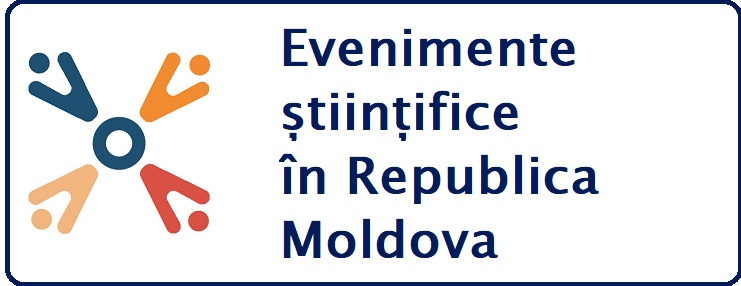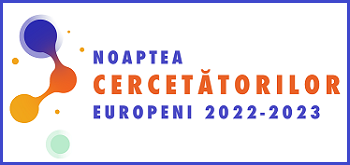| Articolul precedent |
| Articolul urmator |
 |
 334 334 7 7 |
| Ultima descărcare din IBN: 2024-05-22 17:00 |
 SM ISO690:2012 SM ISO690:2012NUCA, Maria, NUCA, Dumitru, FACHIRA, Andrei, ENI, Stanislav. Implant-prosthetic rehabilitation of edentulous patients with angulated implants. In: MedEspera: International Medical Congress for Students and Young Doctors, Ed. 9th edition, 12-14 mai 2022, Chişinău. Chisinau, Republic of Moldova: 2022, 9, p. 354. ISBN 978-9975-3544-2-4. |
| EXPORT metadate: Google Scholar Crossref CERIF DataCite Dublin Core |
| MedEspera 9, 2022 |
||||||
|
Congresul "International Medical Congress for Students and Young Doctors" 9th edition, Chişinău, Moldova, 12-14 mai 2022 | ||||||
|
||||||
| Pag. 354-354 | ||||||
|
||||||
| Rezumat | ||||||
Introduction. The edentulous prosthetic field with severe atrophy creates impediments to the desired surgical and prosthetic treatment. To overcome these shortcomings, the Fast and Fixed method of implantprosthetic rehabilitation was proposed, which uses the available bone substrate for the insertion of implants in the anterior maxillary sectors and the possibility of their immediate loading with fixed temporary dentures, later replaced by permanent ones. The multitude of clinical situations still makes it difficult to choose this method. Aim of the study. Evaluation of the particularities in implant-prosthetic rehabilitation of edentulous patients by the Fast and Fixed method. Methods and materials. The study included 37 patients (21 men and 16 women), aged 35-73 in the period 2017-2020 with a diagnosis of total edentulous or potential edentulous total uni or bimaxillary with severe atrophies in the lateral areas. 216 Sky Bredent implants have been inserted. The temporary fixed dentures were later replaced with permanent fixed prostheses with implant support by the Fast and Fixed method. Evaluation criteria: fixed morpho-functional and aesthetic rehabilitation, comfort, rehabilitation time. Results. In 32 cases the primary stability was ≥35 N/cm postimplantation offering the possibility of immediate loading with fixed temporary acrylic dentures. Patients presented at regular follow-up visits. The surgical stage took place without any peculiarities. During the osseointegration period, 4 temporary prosthesis fractured after 3 months, being immediately reconditioned. After 6 months of osseointegration, the patients were evaluated: the condition of the tissues, the contour and configuration of the dental arches, cheeks, lips; functional and aesthetic aspect; the conditions for maintaining oral hygiene, and patients who did not wear temporary dentures underwent second surgical stage. The rehabilitation of all patients was performed with definitive fixed prosthetic constructions: metal-ceramic (26) and metal-composite (17), bimaxillary being rehabilitated 6 patients. At 1 year after loading, 5 patients had tartar deposits on the surface of the final works, at 2 years the fracture of the ceramic plywood was det Conclusion. Fixed implant-prosthetic rehabilitation by the Fast and Fixed method is a viable solution for edentulous patients with bone deficiency in the lateral maxillary areas demonstrated according to the evaluated criteria. The indications for the use of the method as well as the long-term estimation require continuous study. |
||||||
|












